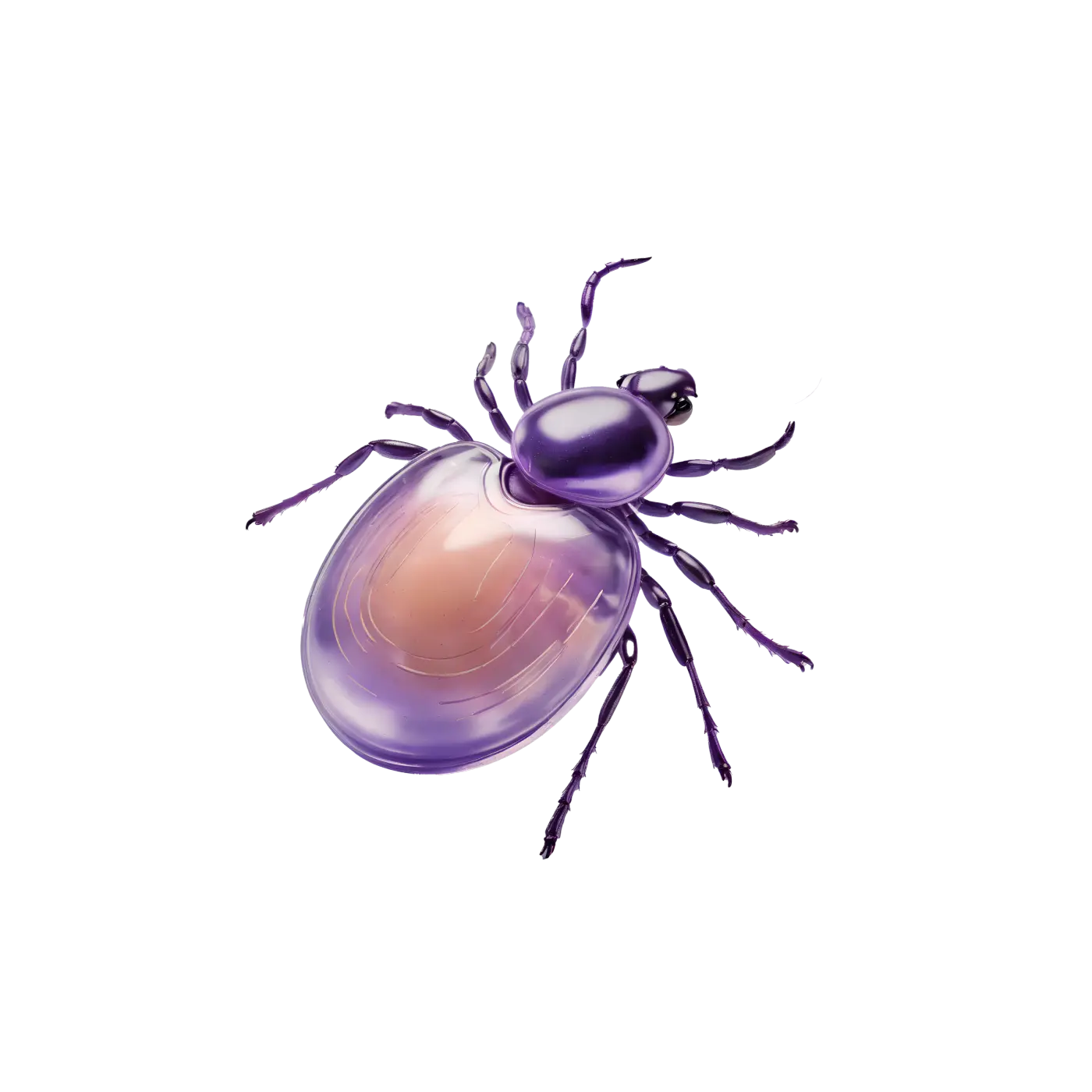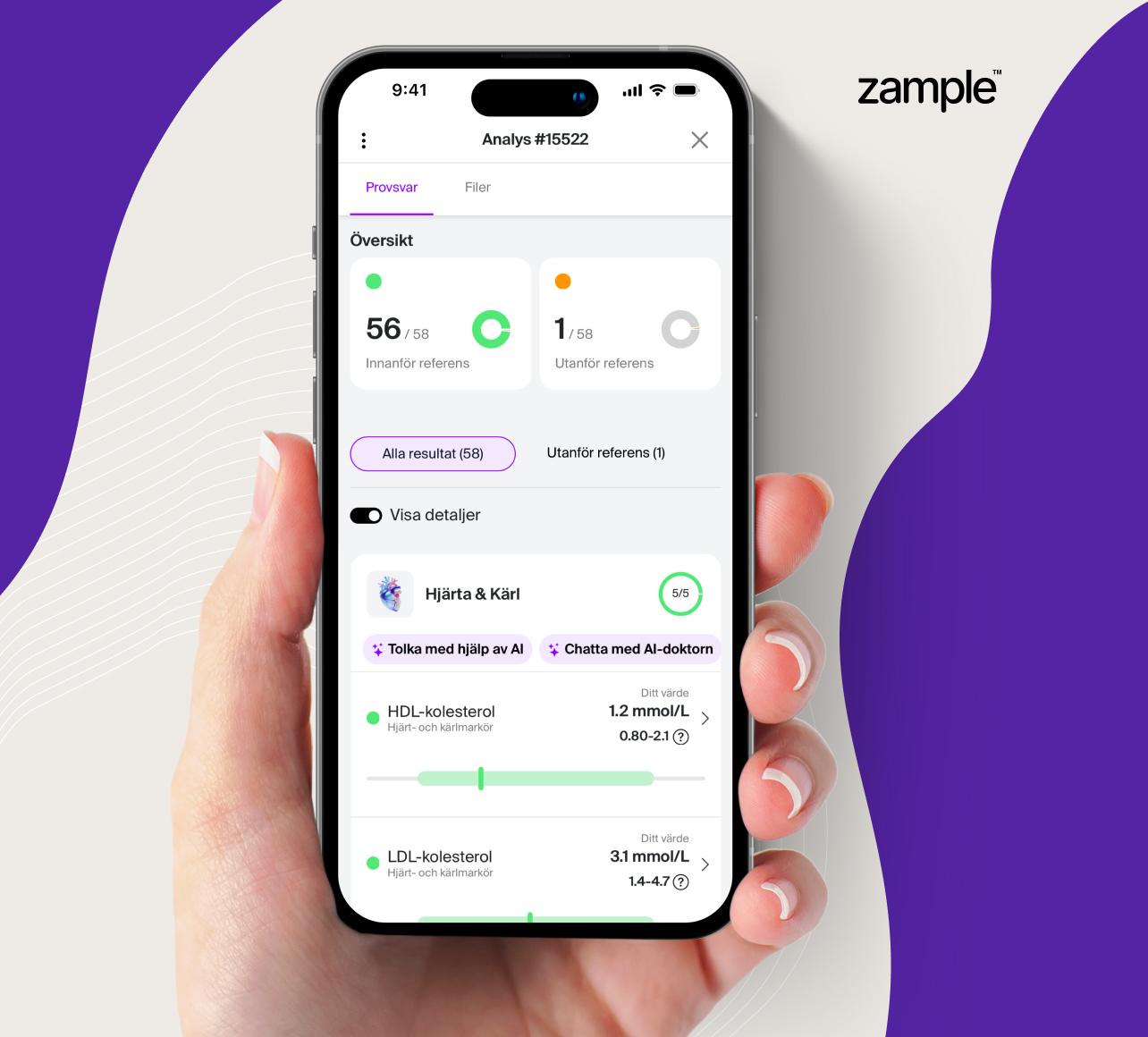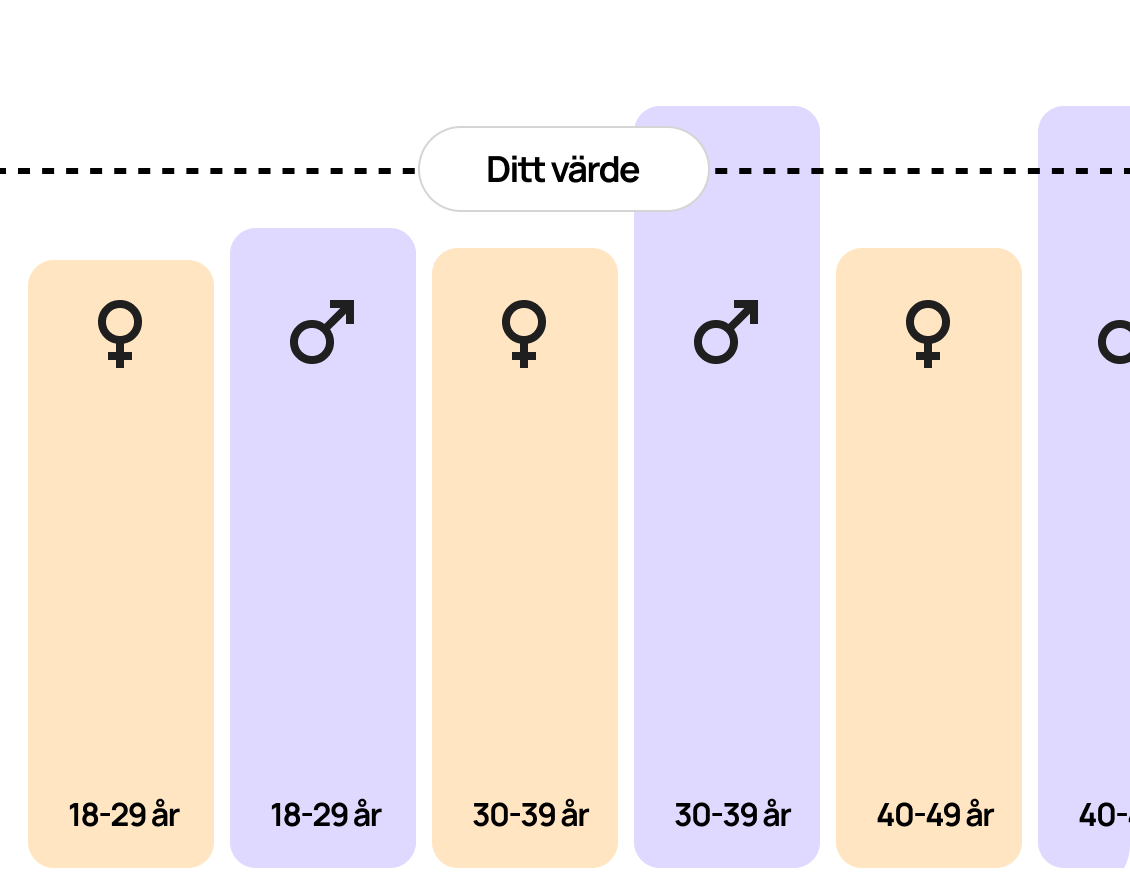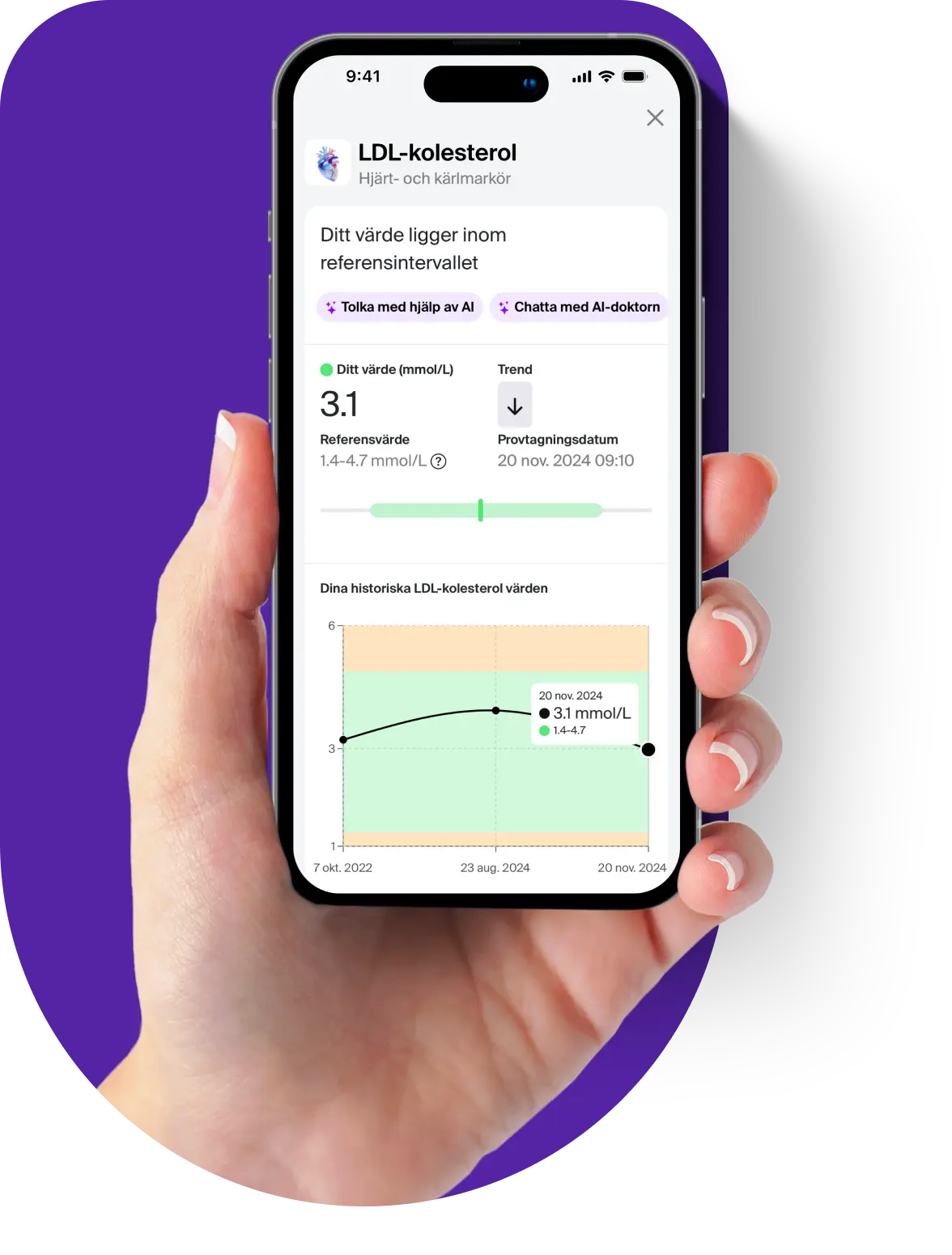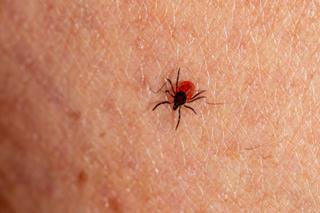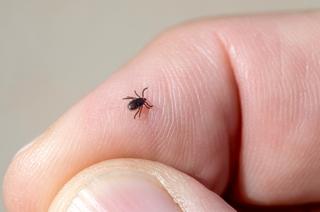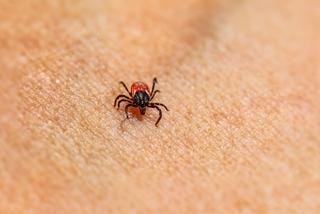Blood test to see if you have TBE
In an acute TBE infection (Tick-borne encephalitis), IgM antibodies are formed against the TBE virus, which can be detected via blood tests in the early stages of the disease. The test involves the analysis of IgM antibodies to assess the presence of an ongoing infection
Interpretation of test results
The test results are classified as positive, weakly positive, or negative for both IgM and IgG antibodies.
What do IgM and IgG Mean in TBE?
TBE often follows what is called a biphasic course, which means that the disease has two distinct phases.
In the first phase, initial symptoms appear that may resemble the flu, such as fever, headache, and fatigue. During this phase, the body can begin to produce IgM antibodies. These antibodies are formed early in an infection and indicate that the body is currently fighting the virus or that you have recently been infected. After a few days or up to weeks, the symptoms may worsen and affect the brain, leading to inflammation of the brain (encephalitis). If you are in this phase or have gone through it, the body may also have produced IgG antibodies, which are long-lasting and indicate that you have previously had the infection.
To confirm the diagnosis, both IgM and IgG are analyzed. A test can show whether you have IgM antibodies, which indicate an active infection. IgG antibodies can also be analyzed by taking two samples over a period of time (called "paired sera"). If the IgG levels increase between the two samples, it confirms that you have had or currently have a TBE infection.
NOTE! TBE infection is, according to the Infection Control Act, a notifiable disease. In case of any occurrence, we will report toHow does the TBE vaccine work?
Approximately 90 percent of those vaccinated against TBE develop protective antibodies already two weeks after the second vaccine dose. After two doses, the vaccine is considered to provide sufficient protection for a year. After three doses according to the normal schedule, almost 100 percent of those vaccinated have protection for at least three years. By testing your TBE antibodies, you get an estimate of your immunity.
How common is TBE?
Annually, between 200-500 cases of TBE are reported in Sweden. There is also likely to be an underreporting, that is, cases that are never reported, likely due to mild or no symptoms. Almost all of the reported cases are believed to have had neurological infections, as people with flu-like symptoms rarely seek medical attention or are tested for TBE.
The number of TBE cases has increased steadily in recent decades, an increase likely due to several factors, including increased prevalence of infected ticks and hosts, longer growing seasons and weather conditions. It is difficult to make forecasts for the future because of the many variables that affect the epidemiology of the disease.
Do you suspect TBE?
If TBE is suspected, you can test your antibodies. The diagnosis is made by detecting both TBE virus IgM and IgG from a blood sample. In case of symptoms such as high fever, severe headache, confusion and sometimes even convulsions, you should seek medical attention immediately.
How long is the incubation period for TBE?
The incubation period for TBE (tick-borne encephalitis) is usually between 7 and 14 days after the tick bite, but it can vary between 4 and 28 days.
Is TBE notifiable?
Yes, TBE is a notifiable disease according to the Infection Protection Act. All diagnosed cases (ongoing infection) must be reported by doctor and laboratory to the region's infection control doctor and the Public Health Agency.






















